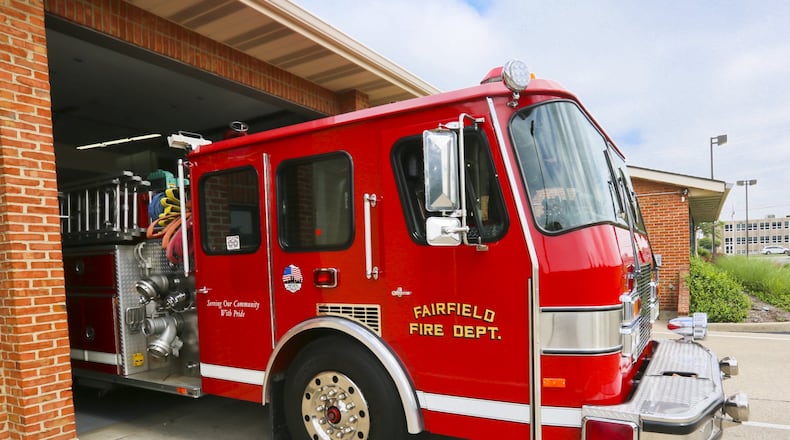The department relies heavily on part-time firefighters, and newer part-time personnel are 18 to 20 years old with little experience. Once they gain the experience, which on average is about 16 months, they leave for a fire department hiring full-time positions, said Fairfield Fire Chief Don Bennett.
Since 2015, Fairfield has hired 119 part-time personnel to maintain its 48 positions. Bennett is proposing creating three positions a year for three years, which would encourage young firefighters to stay with the department and lessen the financial impact on the city’s budget.
“That is the only reason they are here, is to gain experience,” Bennett said. “The frequency at which we lose people negatively impacts our ability for experience. The issue that we’re dealing with now is the age and the level of experience of personnel.”
Deputy Chief Randy McCreadie said from January 2019 to September 2020, Fairfield lost 37 part-time employees, 26 of whom were hired into full-time positions at other departments.
Five years ago, more than half of the part-time staff had more than two years of experience, McCreadie said. Now, it’s less than 30 percent.
If the city increases front-line firefighters from 30 to 39, it would create a funding issue. Without any new sources of funds, the city would need to supplement the fire levy fund with $1.4 million from the general fund beginning in 2024. That would increase to a $2.925 million general fund transfer in 2025 and $3.45 million in 2026.
Without the increase in fire personnel, general fund transfers would still happen but begin in 2025 with $325,000 and $2 million in 2026, according to forecasts. But Bennett said the department would still be plagued by the staffing issues.
The fire levy fund revenues are projected to be near $8 million through 2024, according to the Finance Department’s fiscal forecasts. The city would begin tapping into the levy funds reserves beginning in 2021.
Nearly half of the on-duty front-line firefighters each shift are part-time personnel, said McCreadie.
Fire departments make more emergency medical service runs than fire runs, which has been the case for the past 20 years. In 2019, there were more than 5,600 EMS calls compared to 971 fire-related calls. Twenty percent of all EMS calls are to nursing homes, senior living facilities and dialysis clinics, said Deputy Chief Tom Wagner.
But it’s taking longer to get to calls because of growing simultaneous emergency calls. In 2017, there were more than 6,000 calls for service, and 44 percent of those involved two or more calls at once.
He said more the more experienced career staff members are typically on the EMS units, and when medical calls happen at the same time as a fire call, less experienced personnel are responding to fires.
“The paramedic positions are staffed by career firefighters with more experience, and so when they’re tied up on EMS calls, typically we’re going to have people on our fire apparatus that have less experience,” Wagner said.
About the Author

